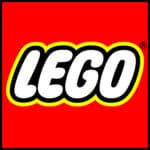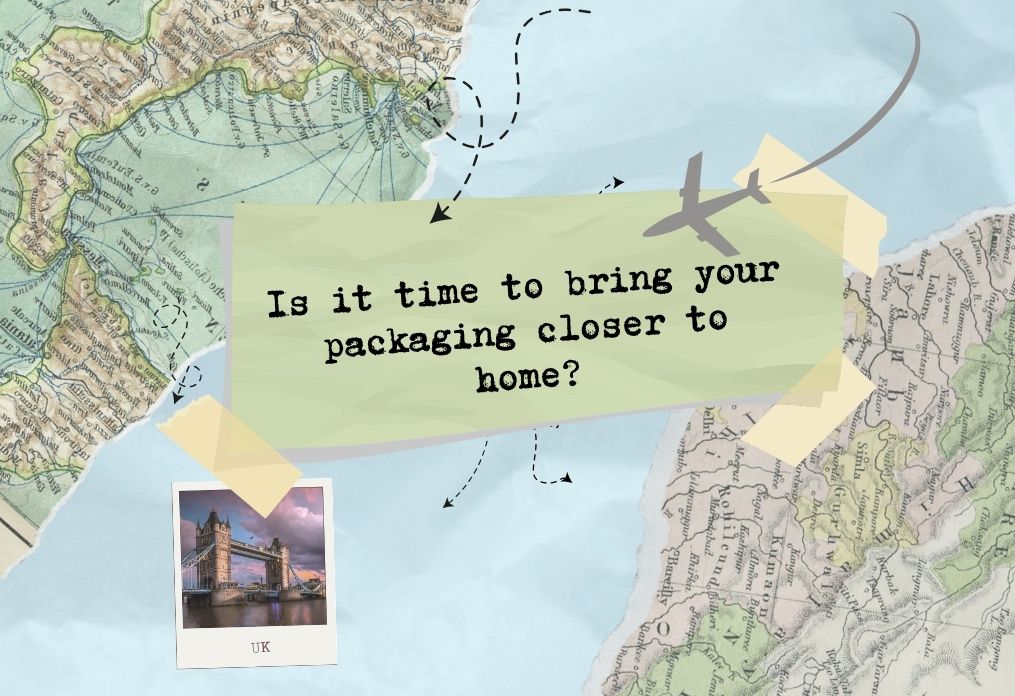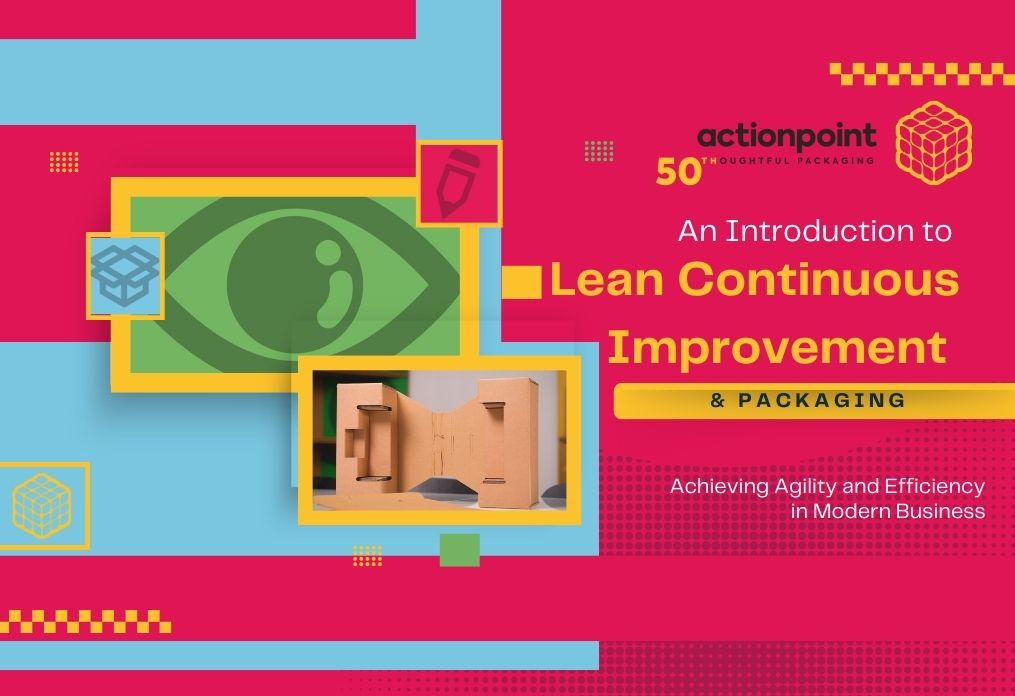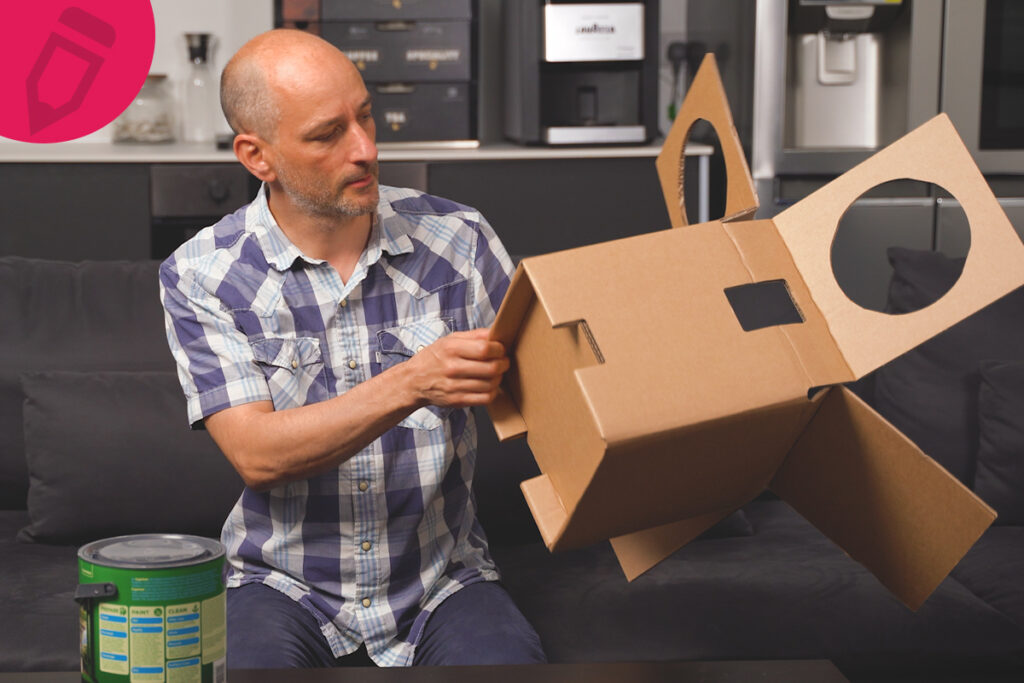Your product’s packaging will convey a message to consumers right at the time they are deciding whether to buy it. Or whether to buy your competitor’s product. Research has shown that around 1/3 of consumer decisions are based on packaging.
On your packaging it’s important to achieve the right balance between simple clarity with honest open statements about your product’s capabilities, and at the same time presenting the benefits of your products and brands boldly. Consumers hate being misled. But your products probably have some great and possibly unique benefits – so you don’t want consumers to overlook these!
So it’s very important that your packaging gives consumers enough information – and the right information. But not too much!
There are many examples of product packaging which show the product branding prominently. But they say nothing about what the product is – or what its benefits are!
If your brand reputation is extremely strong or a household name, this might work. But for most brands, if the packaging doesn’t give consumers a clear idea of what the product is – or does – they will leave it on the shelf. And pick up an alternative product that DOES assure them of what it can do well.
At the other end of the scale, some product packaging displays LOADS of product info. So much that consumers find it difficult to identify the information they want. When they’re rapidly scanning the shelves to pick the product they want. They only take a few seconds to make their choice. So again, you can lose sales to a competitor.
And what if your product packaging doesn’t convey your brand with sufficient emphasis? Consumers value brands as giving them assurance. So your branding needs to be easy to identify, and convey itself with confidence.







